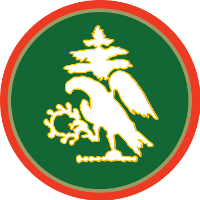The World Wide Web of 2011 is a mature and trusted information system, allowing its broad adoption even by laggards. As an information system owned by no one and yet open to vendors, governments and private citizens, the Web has become a natural place to publish information for public dissemination.
The wide availability of Web clients, be they on mobile phones, laptop or desktop computers, tablets or game consoles, and the provision of public access services (especially by libraries) has made publication on the Web a preferred way for governments to empower their citizenry, if done in a standards-compliant manner. The goal of the W3C Linked Data Cookbook is to provide practical guidance to developers and technology managers who are embarking on the process of publishing open government content. We will begin with a process overview, identifying data sets and then outline the entire process, from start to finish. We'll introduce the Linked Data "star" scheme and describe the trade-offs of publishing quickly versus taking the time to model more complex data sets with higher re-use potential. Data in the RDF family of standards is well on its way to becoming Linked Data, but it is not ubiquitous yet. Linked Data principles still need to be applied. This guide is intended to assist in describing how to produce high quality, “4 and 5 star Linked Data."












